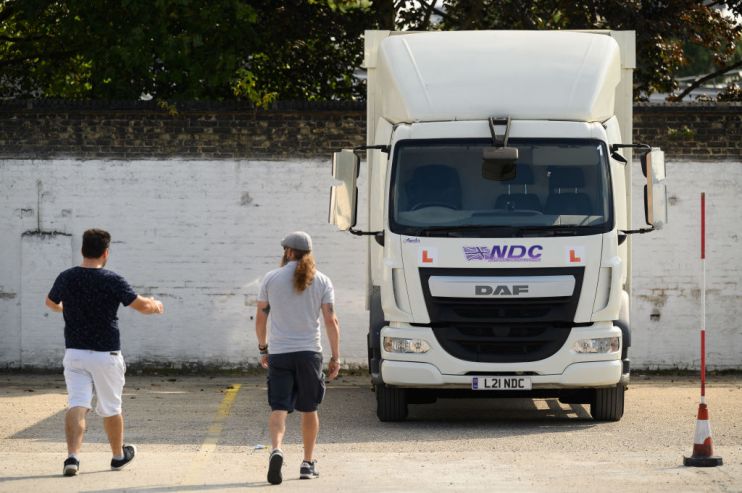Wednesday’s GDP figures will remind Brits of sunnier economic times

The economic mood at the moment is not upbeat. Households are facing an acute cost of living crisis, businesses are warning of shortages at Christmas, inflation is likely to run hotter and for longer than the Bank of England initially expected.
Doom and gloom.
However, on Wednesday, positivity will be partly revived as the Office for National Statistics releases its latest estimates for the UK economy. This data will cover August, a more sanguine time.
An easing of self-isolation rules after the “pingdemic” (remember that) threw a spanner into the economic recovery during the summer months is expected to boost GDP in August. A reduction in coronavirus infections would have eased Brits’ concerns about mixing in crowded spaces, likely lifting output.
“Pandemic-related disruption will have decreased due to the fall in infections and the introduction of less-stringent rules on self-isolating from August 16,” thinks Martin Beck, senior economic advisor to the EY ITEM Club.
Social spending, such as eating out or going to the pub, will have received a bump from the easing of almost all Covid-19 curbs in July.
Spending likely shifted from retail goods toward socialising, which would explain the 0.9 per cent drop in retail sales in August, thinks Kitty Ussher, chief economist at the Institute for Directors. “Retail sales… were more muted but this could have been due to a higher proportion of disposable income being spent on going out instead.”
Downside risks did inflict damage on some sectors of the economy in August. Shortages currently plaguing the UK economy partly originated in the manufacturing and constructions sectors, which will show up in Wednesday’s data.
“Ongoing staff and material shortages should cap any rebound in manufacturing and construction,” James Smith, developed markets economist at ING, warned.
Supply chain snarl ups have generated severe shortages of raw materials and industrial goods, which has scuppered production at construction and manufacturing firms. Worker shortages would have also clamped down on output in August.
Yael Selfin, chief economist at KPMG UK, said: “As the scale of supply chain and labour shortages became apparent, we reduced our growth estimate for the month to 0 per cent.”
And, as these problems have developed to create a cost of living crisis, the outlook for GDP growth in the coming months has been tainted.
“Wage growth is unlikely to match the rise in the cost of living for most workers, particularly given the recent fiscal tightening. Consumer confidence is already falling sharply, and that will keep a lid on growth this winter,” Smith added.
Forecasts for an earlier than expected rate rise from the Bank have strengthened due to inflation looking stickier. Michael Saunders, a member of the Old Lady’s rate setting committee, told households to brace for a “significantly early” hike from the Bank on the weekend.
Investors sold off government bonds yesterday on Saunders’ remarks and Bank of America analysts bringing forward their bet for the Bank’s first rate hike since the onset of the Covid-19 crisis to December.
They are now expecting officials on Threadneedle Street to hike raise rates 15 basis points in their last meeting of the year and then another 25 basis points in February next year.
Yields on government debt shot up to their highest level in over two years yesterday.
However, others are not so sure.
Jacob Neil, chief economist at Morgan Stanley, said: “We expect unemployment to rise modestly with furlough wind-up, delaying the MPC’s first hike to 2022.”
Gilt yields reached levels not seen for over two years yesterday.
Although Wednesday will remind Brits of sunnier economic planes, current conditions indicate tougher times are ahead.